Analog filters design Tutor - Analog Filter Design Aid
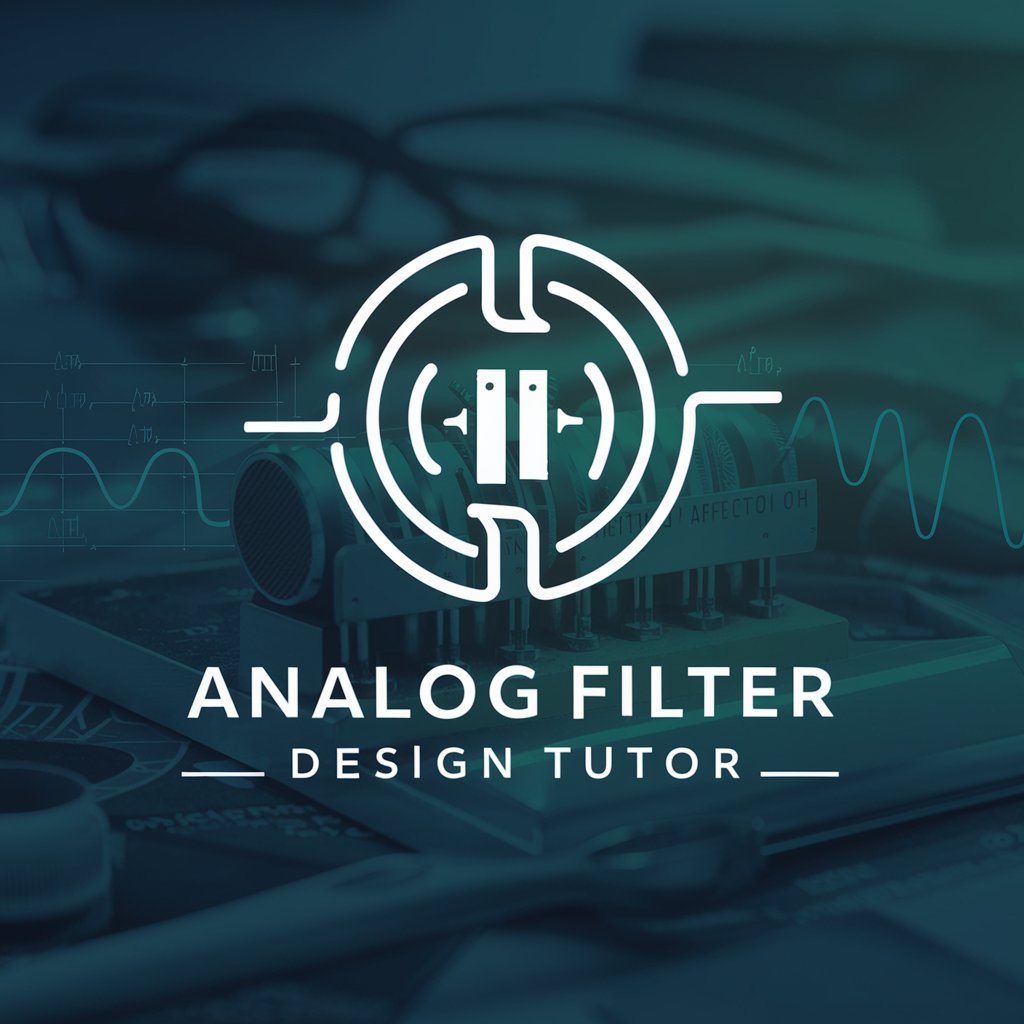
Welcome to your personalized analog filter design tutor.
Simplifying Analog Filter Design with AI
Explain the process of designing a Chebyshev filter.
How do operational amplifiers function in active filters?
Describe the steps for realizing a biquadratic transfer function.
What are the key differences between Butterworth and Elliptic filters?
Get Embed Code
Introduction to Analog Filters Design Tutor
Analog Filters Design Tutor is a specialized teaching tool aimed at simplifying the complex concepts of analog filter design. It serves as a personalized tutor, providing clear, step-by-step instructions, detailed explanations of concepts, and thorough explanations of formulas. The focus is on active filters, operational amplifiers (op-amps), and various filter approximations like Butterworth, Chebyshev, and Elliptic filters. An example scenario where Analog Filters Design Tutor proves invaluable is in helping engineering students grasp the design process of a low-pass Butterworth filter, explaining the selection of the filter order based on specifications, and guiding through the calculation of component values. Powered by ChatGPT-4o。

Main Functions of Analog Filters Design Tutor
Simplifying Complex Concepts
Example
Explaining the concept of filter order and its impact on the filter's frequency response, using visual aids and analogies to demonstrate how higher-order filters provide sharper cutoffs.
Scenario
In a classroom setting, students struggling to understand the relationship between filter order and its frequency response are provided with visual comparisons and real-world analogies, making abstract concepts more tangible.
Step-by-Step Design Guides
Example
Providing a detailed guide on designing an active low-pass Chebyshev filter, including how to select the appropriate op-amp and calculate resistor and capacitor values.
Scenario
A student working on a project needs to design an active low-pass filter to remove high-frequency noise from a signal. The tutor breaks down the process into manageable steps, offering practical tips on component selection.
Visualization of Filter Responses
Example
Using software simulations to visually demonstrate the frequency response of different types of filters, helping users understand the practical implications of their design choices.
Scenario
During an online learning session, the tutor uses simulation tools to show how altering the parameters of an Elliptic filter affects its bandwidth and ripple, thereby solidifying the student's understanding through interactive learning.
Ideal Users of Analog Filters Design Tutor Services
Engineering Students
Students in electrical, electronics, and communication engineering who need a deeper understanding of analog filter design principles and applications. The tutor's step-by-step approach is especially beneficial for tackling complex topics and design projects.
Hobbyists and DIY Enthusiasts
Individuals engaging in DIY projects that involve circuit design, such as building audio amplifiers or radio receivers, would find the tutor's practical design guides and visualization tools extremely useful for applying theoretical knowledge to real-world projects.
Educators and Instructors
Professors and teachers looking for an effective way to explain and demonstrate analog filter design concepts to their students. The tutor's ability to break down complex topics into understandable segments can enhance teaching methodologies and student comprehension.

How to Use Analog Filters Design Tutor
1
Start by visiting yeschat.ai for an instant access trial, no sign-up or ChatGPT Plus subscription required.
2
Identify your specific analog filter design needs or challenges you're facing in your project or study.
3
Navigate through the provided materials on analog filters, operational amplifiers, and filter approximations for foundational knowledge.
4
Utilize interactive Q&A sessions for custom inquiries, ensuring you input detailed questions for personalized and accurate guidance.
5
Apply the advice and solutions offered by the Analog Filters Design Tutor to your projects, leveraging visual aids and examples for enhanced understanding.
Try other advanced and practical GPTs
Dyslexia and Working Memory Formatting Assistant
Empowering comprehension, enhancing retention.
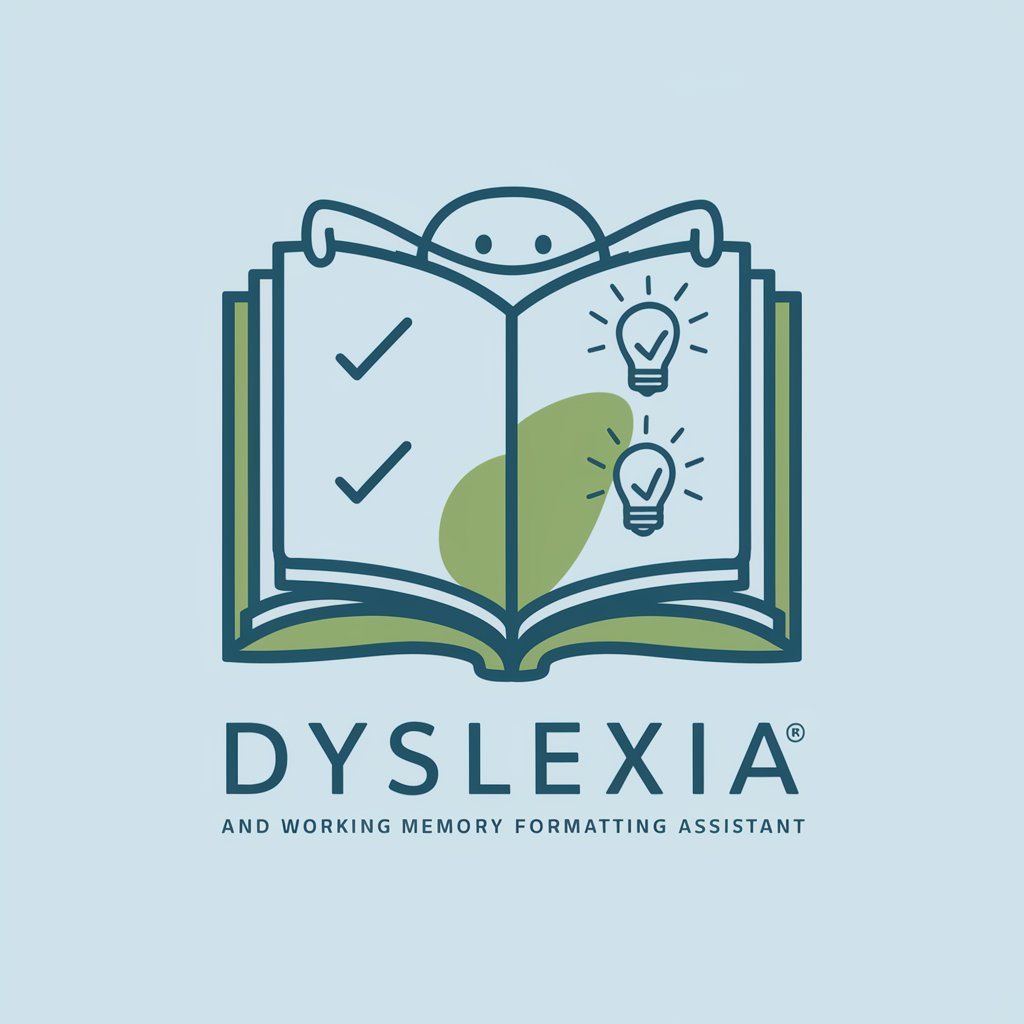
Dyslexia Reading Support
Empowering Readers with AI

Dyslexia Decoder
Empowering Readers with AI
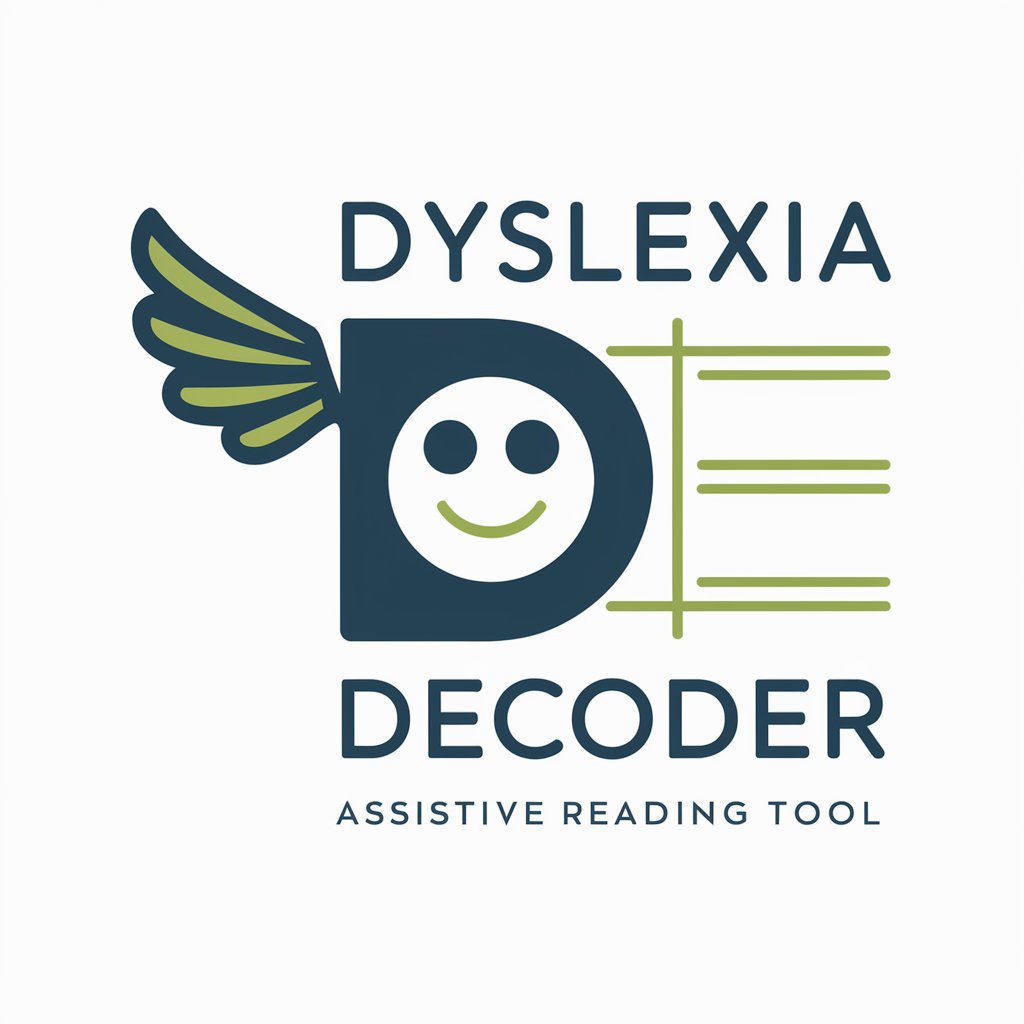
Ich habe Dyslexia, stimmt meine Grammatik?
Perfect Your German with AI
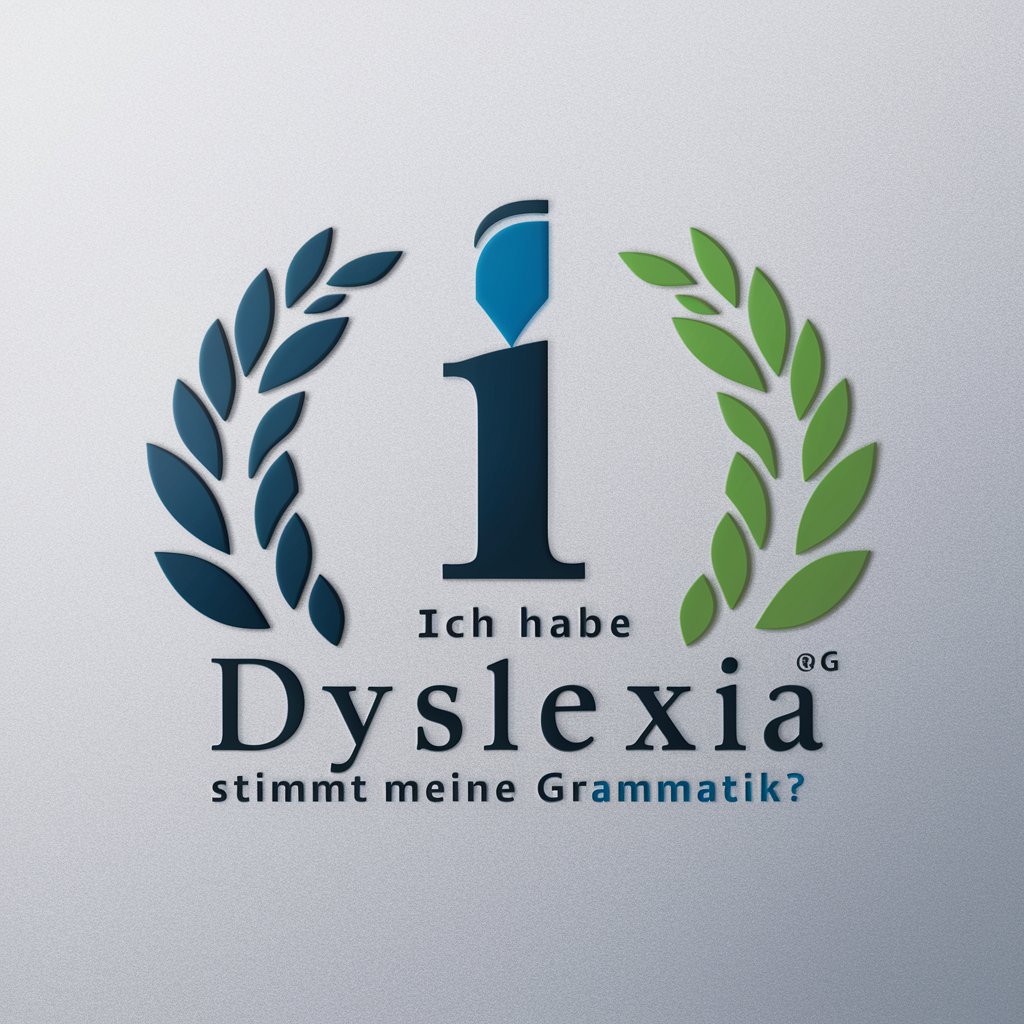
Dyslexic GPT 2.0 BETA
Enhancing readability with AI-powered assistance.

Dyslexic Buddy
Experience Dyslexia Through AI
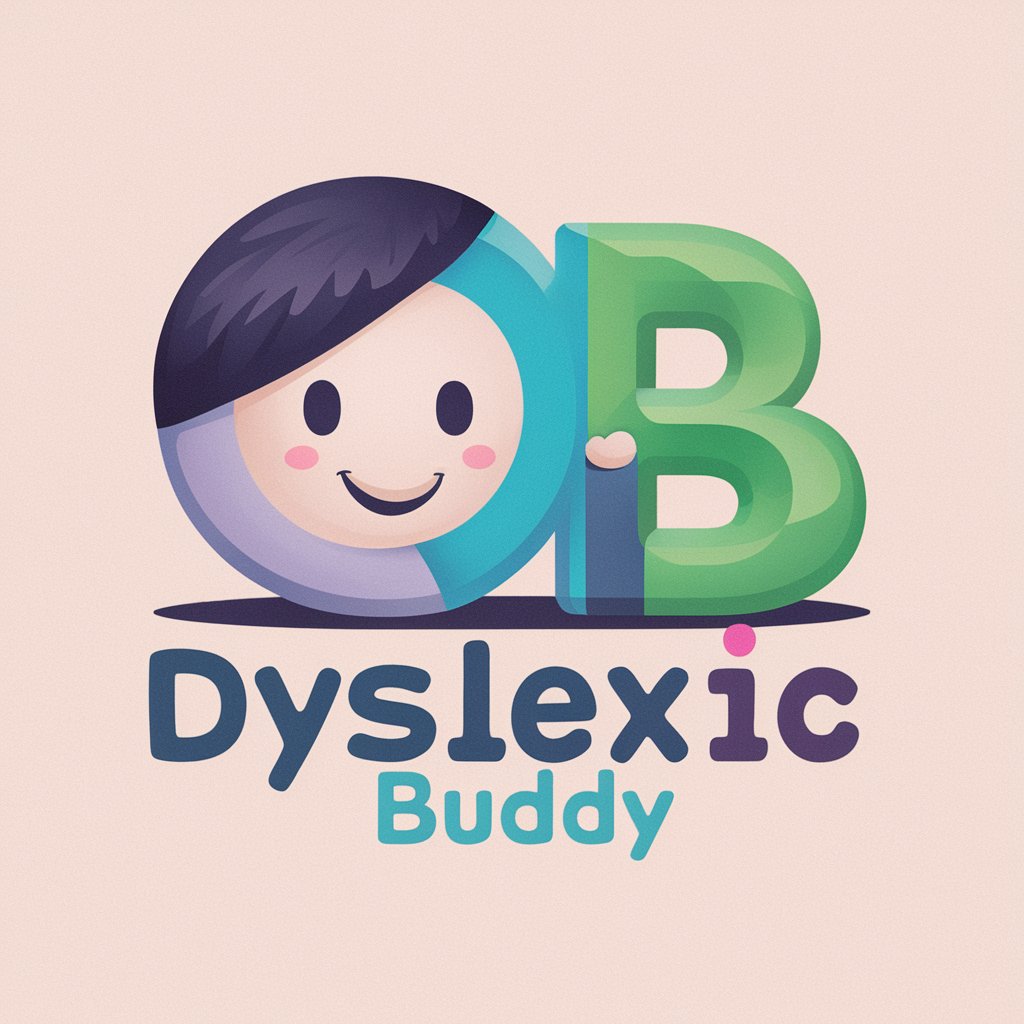
Which Adele Song Am I?
Discover Your Adele Song

Bernice's Heartfelt Balladeer
Craft Love Stories with AI

lolGPT
Chat Smarter, Laugh Harder

Heroic Poetry Bard
Reviving Norse myths with AI-powered verse.

🙏 Divine Harmony Bhakti Bot 🕉️
Harness AI for Spiritual Enlightenment
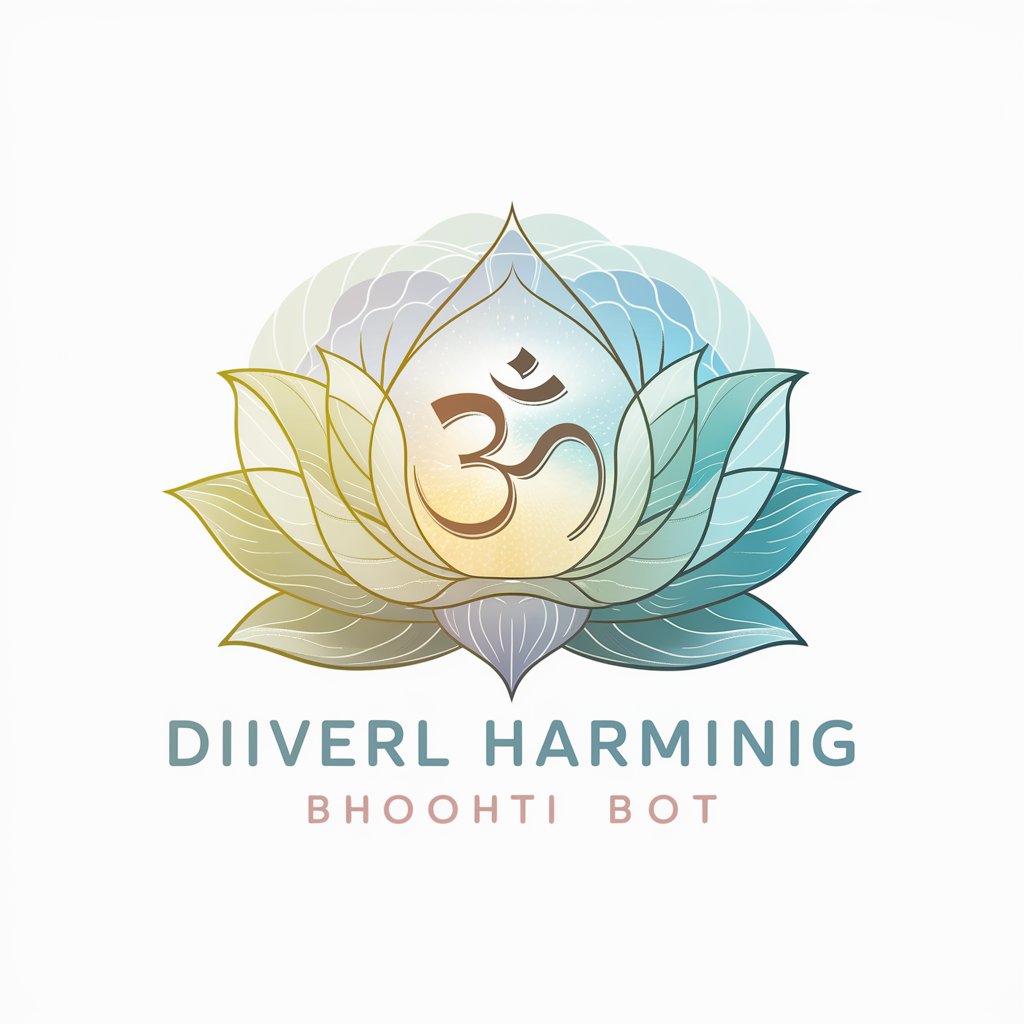
Bhakti Ananta
Empowering spiritual journeys with AI

Analog Filters Design Tutor Q&A
What makes Analog Filters Design Tutor unique?
The tool stands out for its specialized focus on analog filter design, integrating comprehensive guides, step-by-step instructions, and a vast repository of examples and visual aids tailored for engineering students and professionals.
Can I use this tool for designing filters with specific characteristics?
Absolutely. The tool is designed to assist in creating filters with precise specifications, such as Butterworth, Chebyshev, or Elliptic filters, using practical examples and analogies to illustrate complex concepts.
Is the Analog Filters Design Tutor suitable for beginners?
Yes, it is designed with both novices and experienced users in mind, offering simple explanations and building up to more complex design techniques, making it a comprehensive learning platform.
How can I get personalized advice on my filter design project?
By detailing your project requirements and challenges in the interactive Q&A sessions, you can receive customized guidance and suggestions tailored to your specific needs.
What additional resources does the Tutor provide?
Besides personalized advice, the Tutor provides access to a curated selection of course materials, design examples, analogies, and visual aids to support your learning process.
